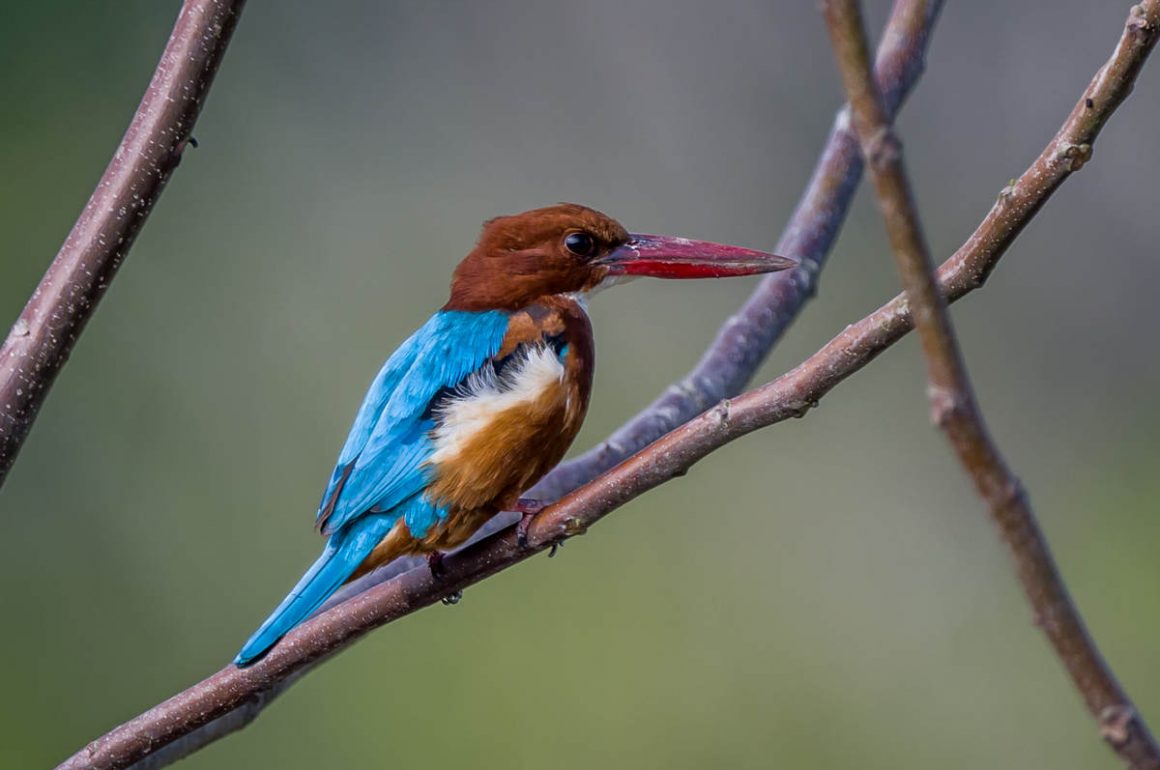
The Spring Festival – or Chinese New Year – is a big period for traveling in China. While not on the scale of bird migration, it is routinely and somewhat lazily described as the biggest annual migration of humans in the world.
Being somewhat allergic to crowds, I usually avoid traveling during the peak of this period. Instead, I took a birding trip to Hainan ending a few days before the actual Chinese New Year – again with Alpinebirding, despite the lack of anything even remotely looking like the alps on Hainan. Fortunately, they are by now fairly used to dealing with a mediocre birder like me.
Covid turned out not to be too much of a hindrance – I had to show a negative PCR test upon arrival on Hainan from Shanghai, and while many Chinese hotels currently do not accept foreigners, I could leave this issue to my guide.
First stop was Danzhou Bay in the Northwest of Hainan. Like a film star wearing a whig and big sunglasses in a public place, this bird at first glance looks fairly nondescript. But not nondescript enough to fool Bella, my guide.
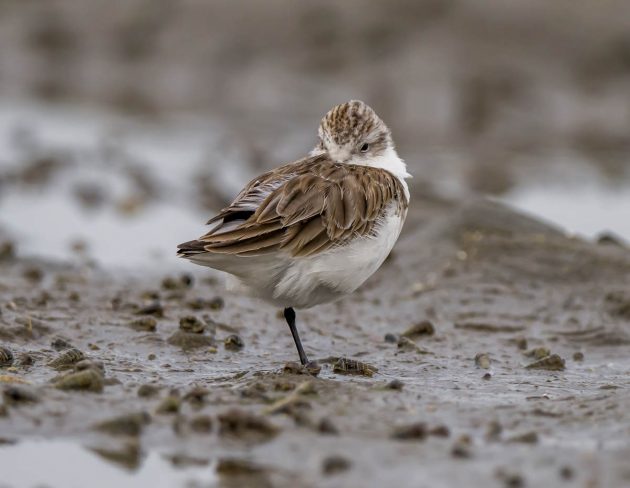
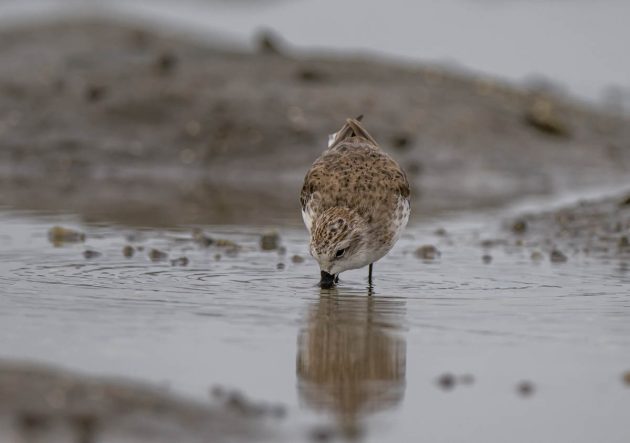
Once the bird takes up a different position, it gets more interesting.
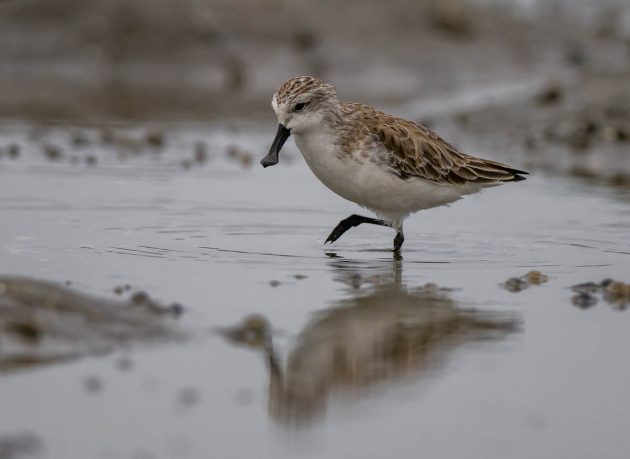
I am not quite sure whether the Spoon-billed Sandpiper actually tried to eat this shrimp. Somehow, a spoon as a bill may not be the ideal tool for this task. On the other hand, maybe if all you have is a spoon, everything looks like soup to you.
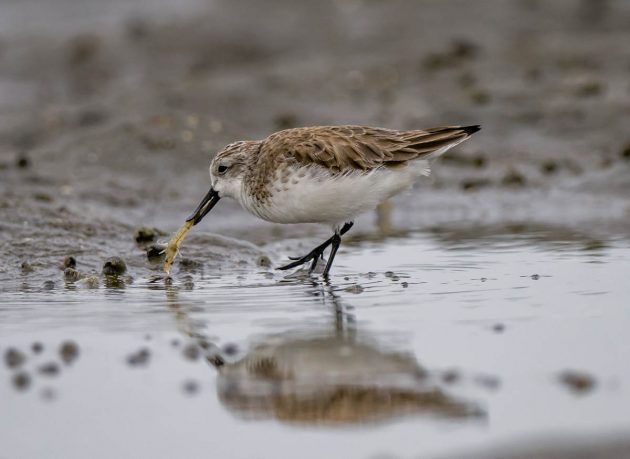
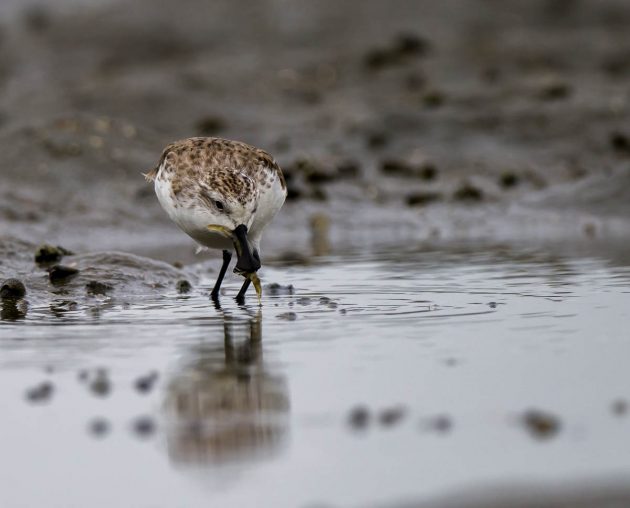
Some other creatures on the mudflats were obviously unsuited as food, and not just because of their toxic-looking coloration.
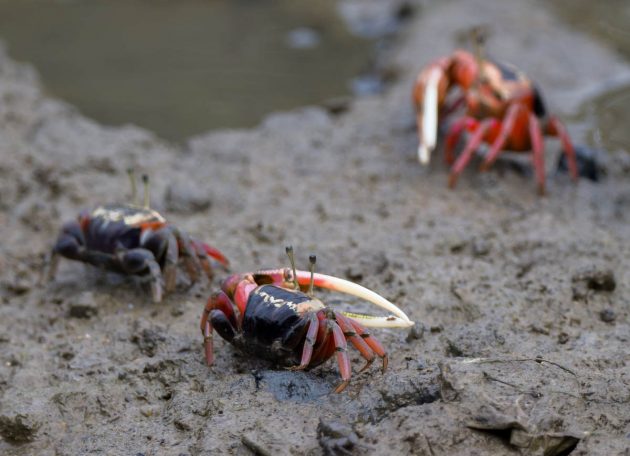
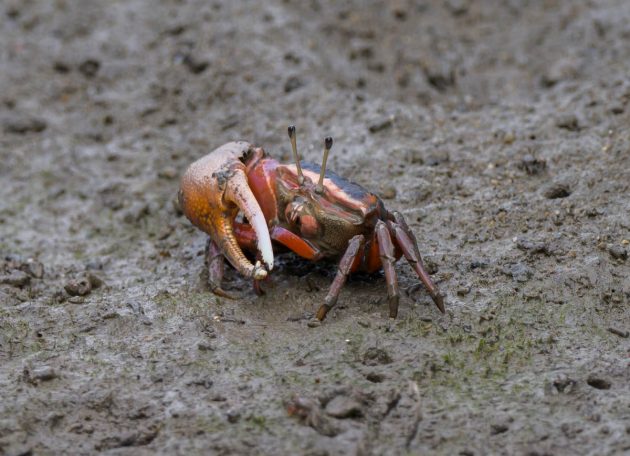
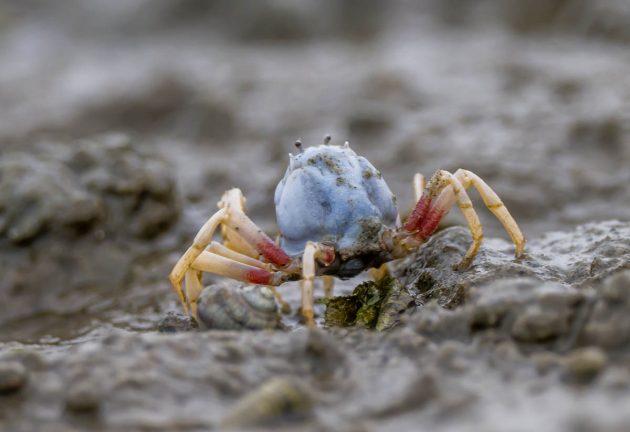
When believing to be unobserved, Spoon-billed Sandpipers seem to be fond of scratching themselves despite the slightly awkward look this gives them. I am sure the Danzhou tourist board does not approve, though they are hopefully proud to have 7 of these birds (according to a local bird guide) wintering here.
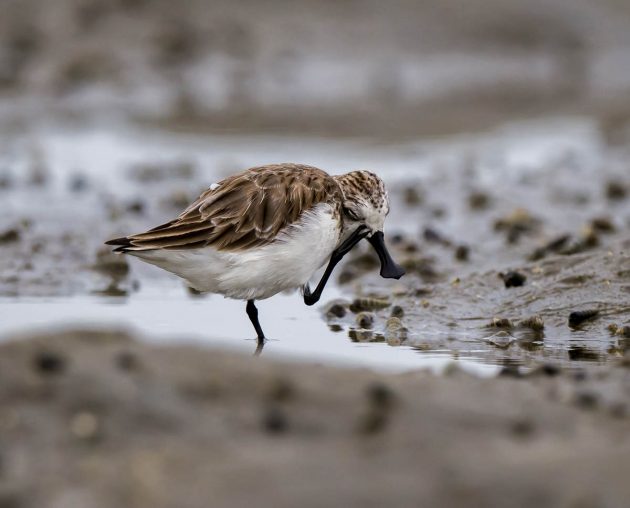
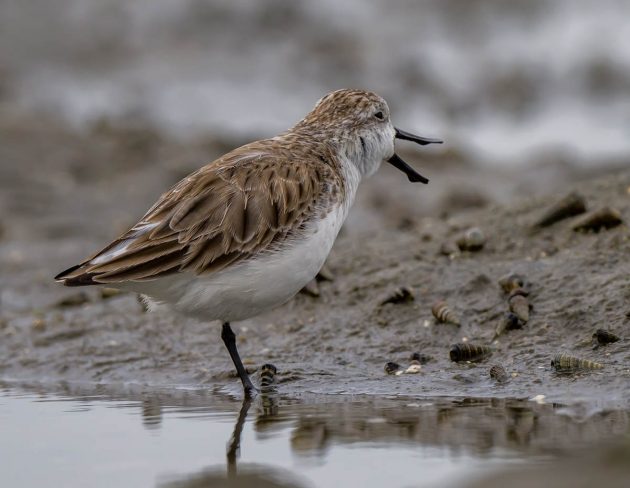
In another of these tenuous links to something rather irrelevant that this blog hopefully is not famous for yet, there is a great song by Frank Turner, “A wave across a bay”. About Scott Hutchison, singer of the band Frightened Rabbit who committed suicide at a bay in Scotland. To quote Camus again (The myth of Sisyphos) at the massive risk of appearing intellectually pretentious, “There is but one truly serious philosophical problem, and that is suicide”.
(Of course, there is always the Monty Python alternative of just stating “And now for something completely different)
Other birds on the stretched-out mudflats of Danzhou Bay include Lesser Sand Plover …
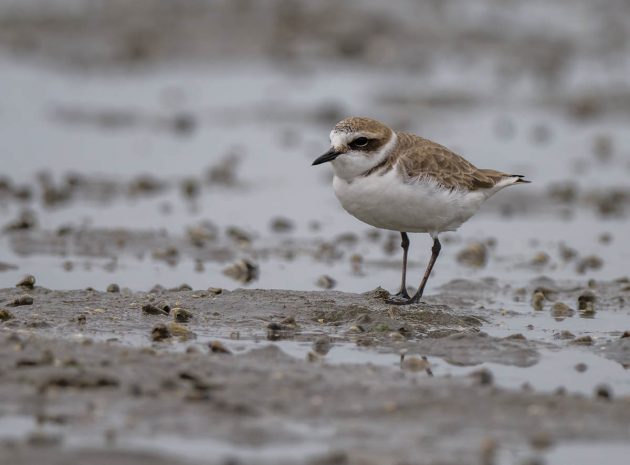
… Little Ringed Plover …
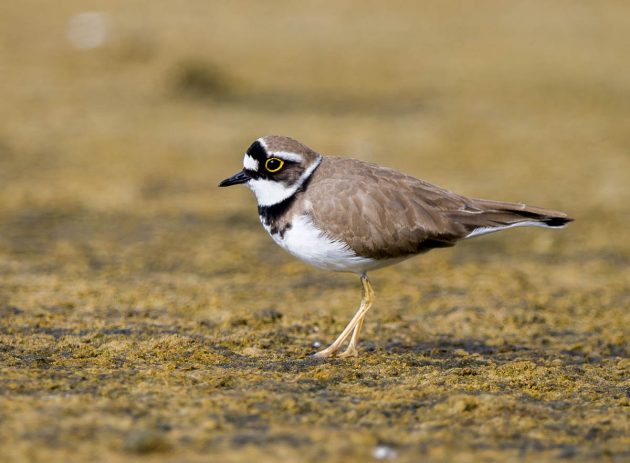
… Temming’s Stint …

… and Red-necked Stint.
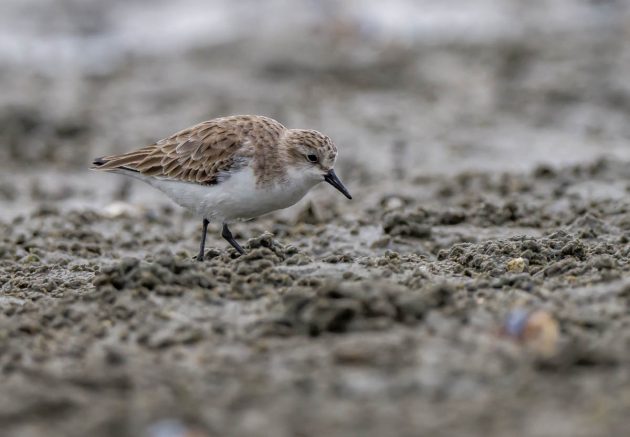
The other entertainment option at Danzhou Bay – one not involving any rubber accessories, I mean rubber boots – is to drive around the fields and look for birds there.
In these rural areas, public transportation is still mostly based on rather old-fashioned modes. The Crested Mynas do not seem to mind.
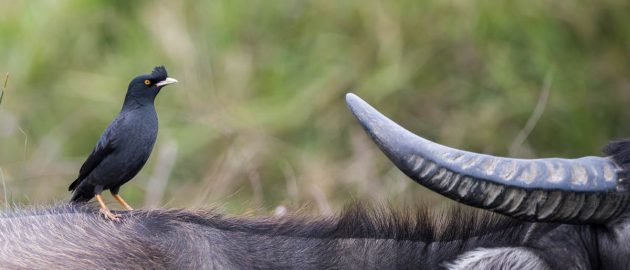
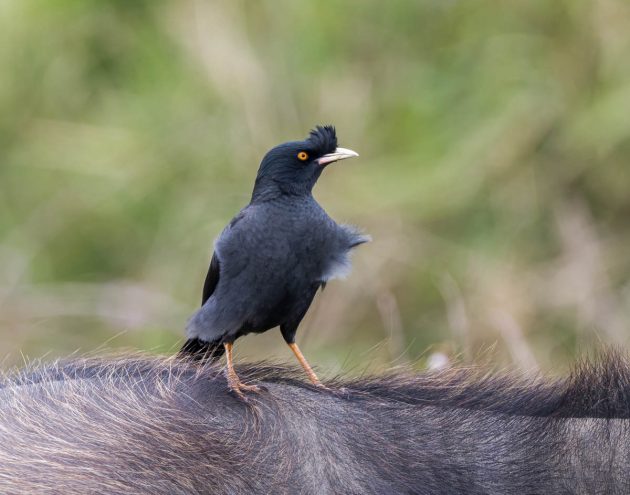
The Black Drongos look surprisingly blue.
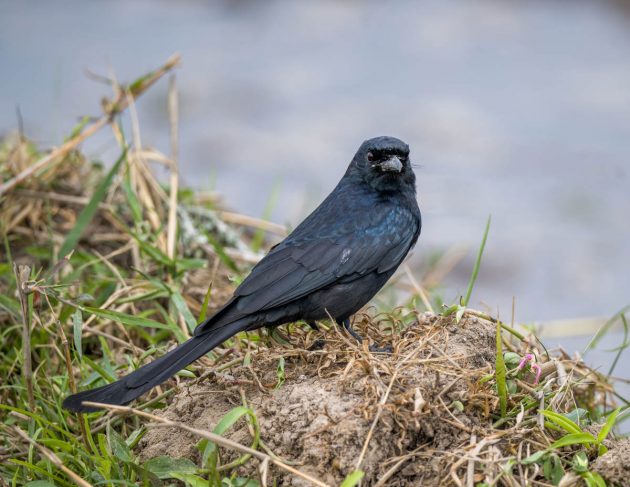
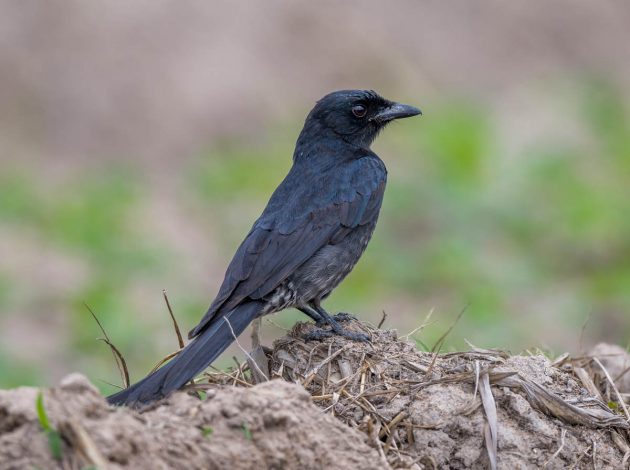
Greater Coucals are very widespread but also rather shy, typically only being visible at least two seconds less than it takes me to get my camera in position.
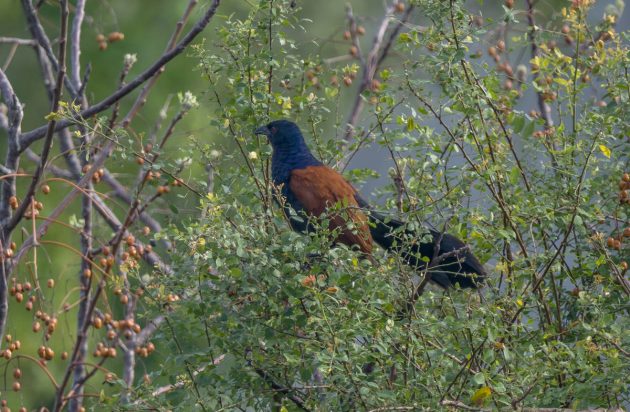
Common Snipe are easier as they rely on being invisible rather than on flying away.
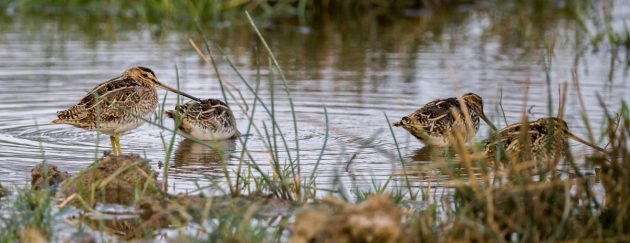
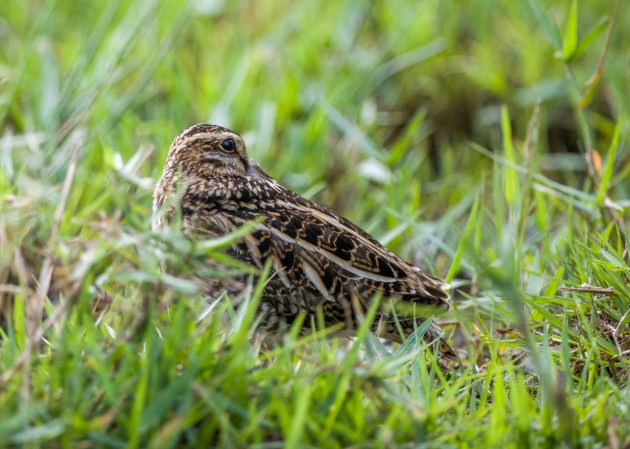
Chinese Pond Herons apparently think that Shanghai is too cold in winter and rather spend it here on Hainan. As their winter plumage is kind of dull, I do not mind too much.
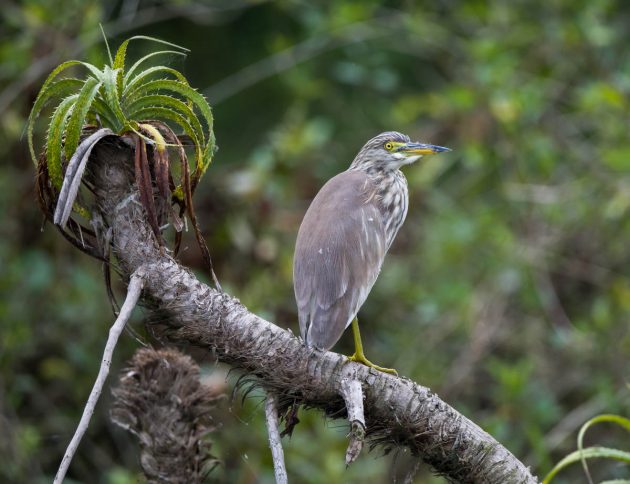
The White-throated Kingfisher is stunning and fortunately quite common. Its Latin name, Halcyon smyrnensis, refers to …
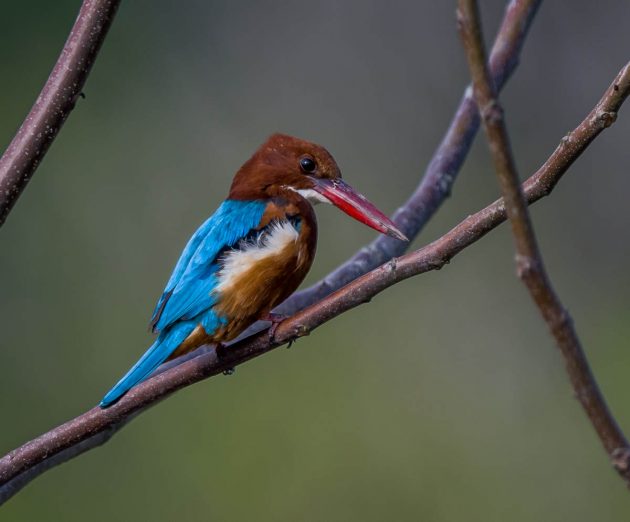
… Halcyon: “denoting a period of time in the past that was idyllically happy and peaceful.” (Oxford Languages – the dictionary then provides a rather disillusioning example, namely “the halcyon days of the mid-1980s, when profits were soaring” – probably not quite the kind of image the word halcyon should evoke. It also seems to be a word that is falling out of fashion, relatively speaking – while it was used every about 1.7 million words in books published in 1800, by 2019, its usage was down to once every 5 million words, according to the Google Books Ngram Viewer)
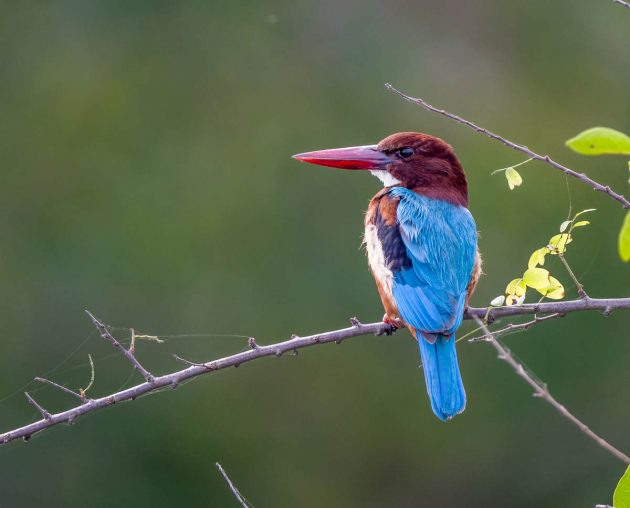
… and the city of Smyrna, the supposed birthplace of Homer (try to remember this if you spend time doing crossword puzzles or playing Scrabble – both a waste of time if you ask me but you may have another opinion. There are probably not too many words that will allow you to use two y in the same word, and – I looked this up – ever since a Scrabble rule change in 2010, names of locations are allowed. Don’t ever say you do not learn anything reading this blog)
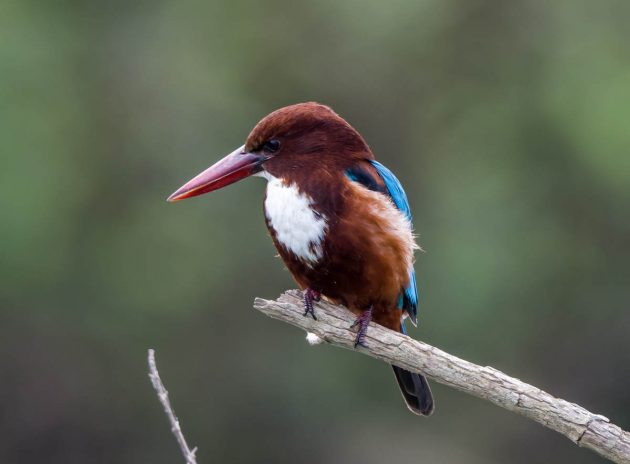
Compared to the very red bill of this kingfisher, the Red-billed Starling comes over as a bit of a disappointment
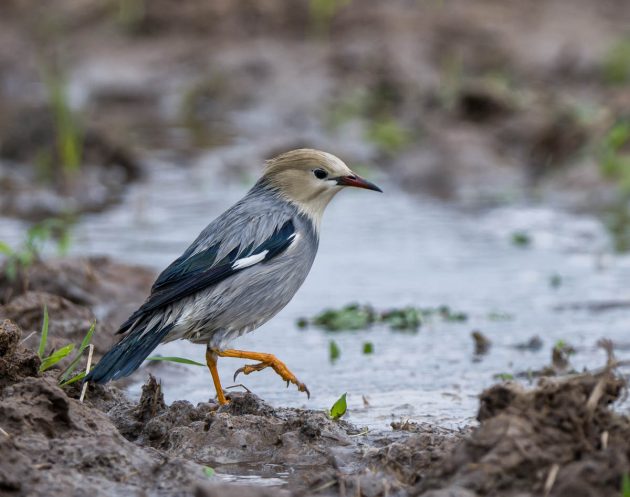
This species seems to enjoy being in mixed flocks with the White-shouldered Starling
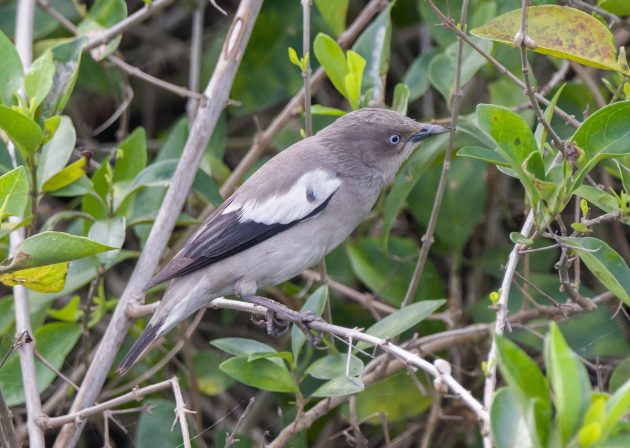
Dispensing with any kind of link whatsoever, I have been listening to The Fall quite a bit recently, fitting with my ambition to be a low-budget John Peel of bird blogging … From reading a few books and watching some documentaries, it seems Mark E. Smith was basically a massive jerk. Still, listen to “Touch sensitive” or “Cruiser’s Creek” …
Finally, Scaly-breasted Munia are quite abundant here in Hainan’s countryside. An HBW entry on this bird – at least to me – rather highlights the absurdity of some religious activities: “In SE Asia, widely trapped in large numbers for Buddhist religious purposes, but most birds are later released.”
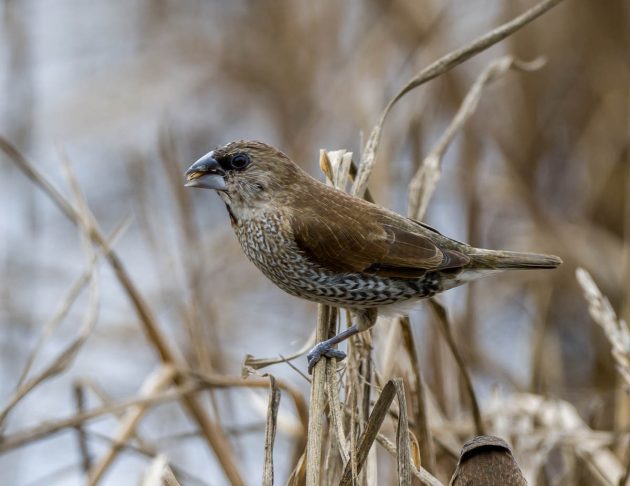
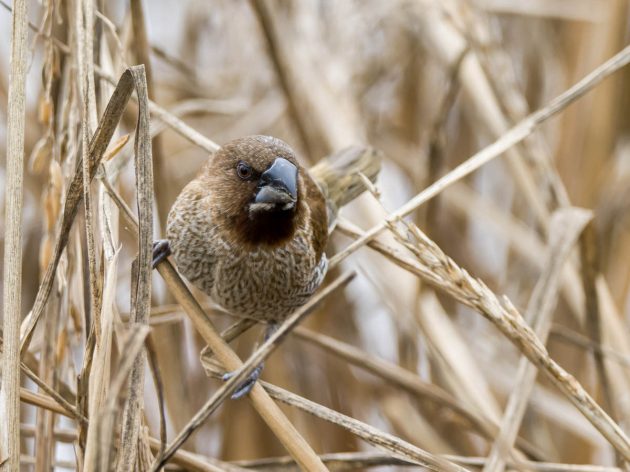
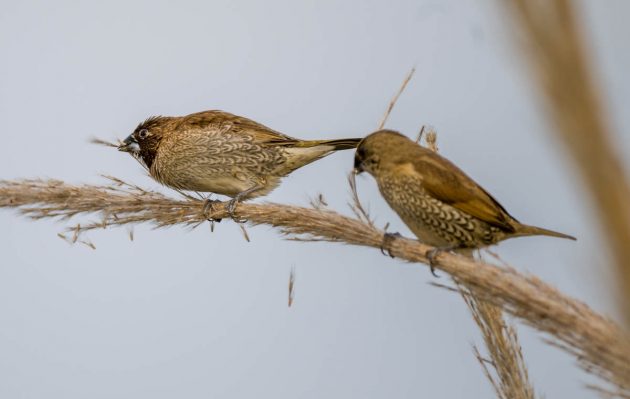
“If you want to release me later, why not just not catch me in the first place?”













Super pictures, as always, while the spoon-billed sandpiper is wonderful. A bird I’d love to see.
I may be wrong, but I think that the bird labelled terek sandpiper is in fact a Temminck’s stint.
Thanks, David! You are not wrong, I was. It is indeed a Temminck’s Stint – I have corrected the error.